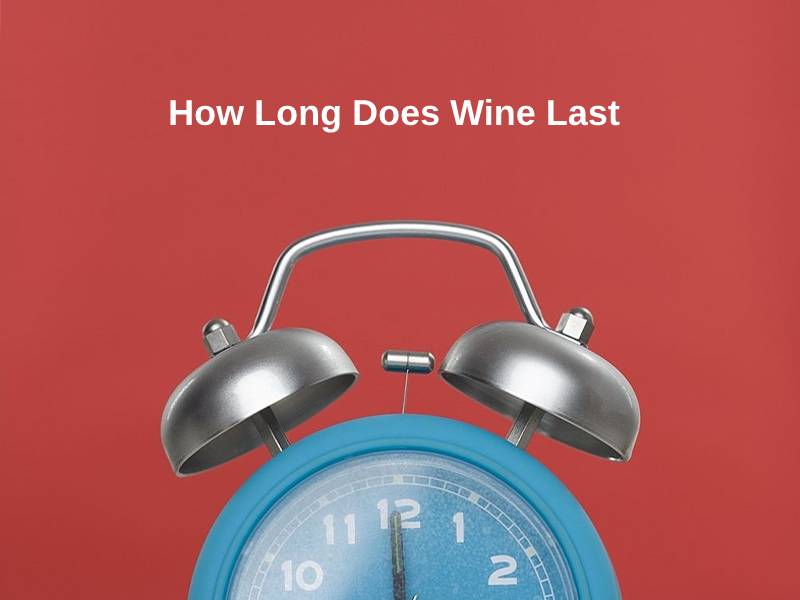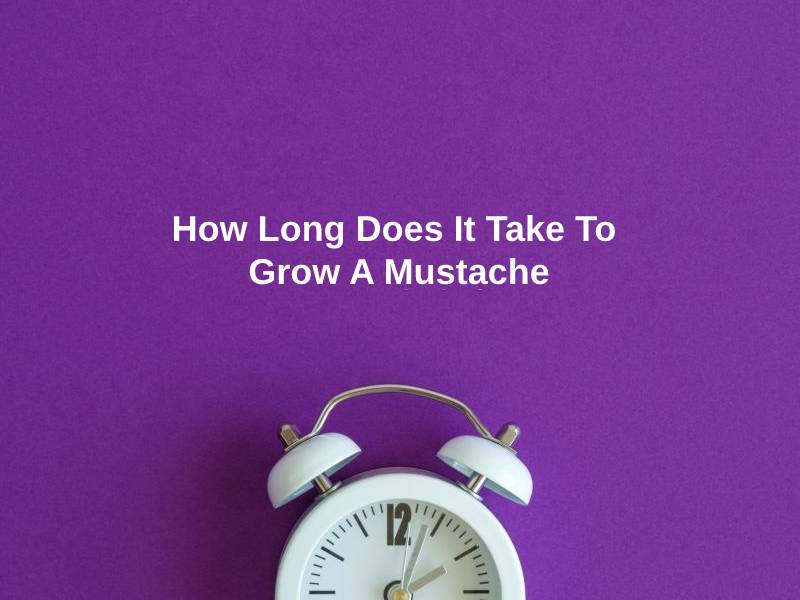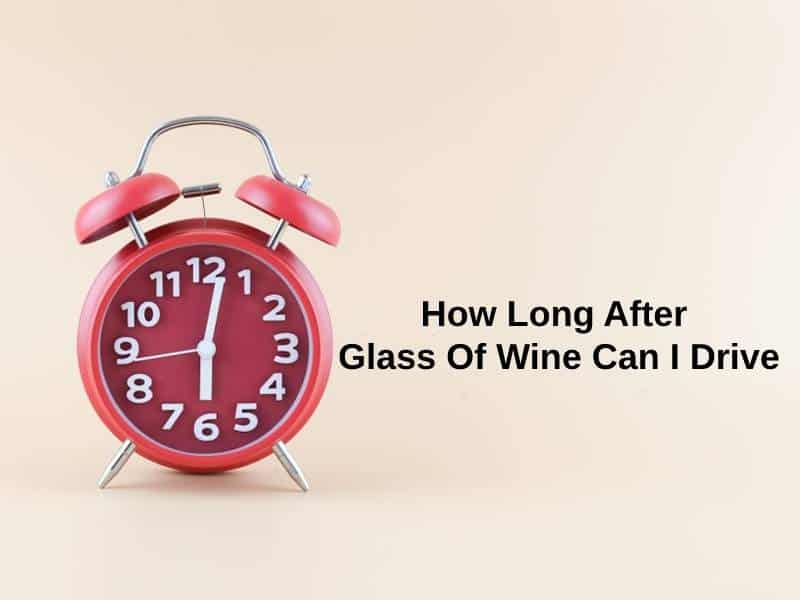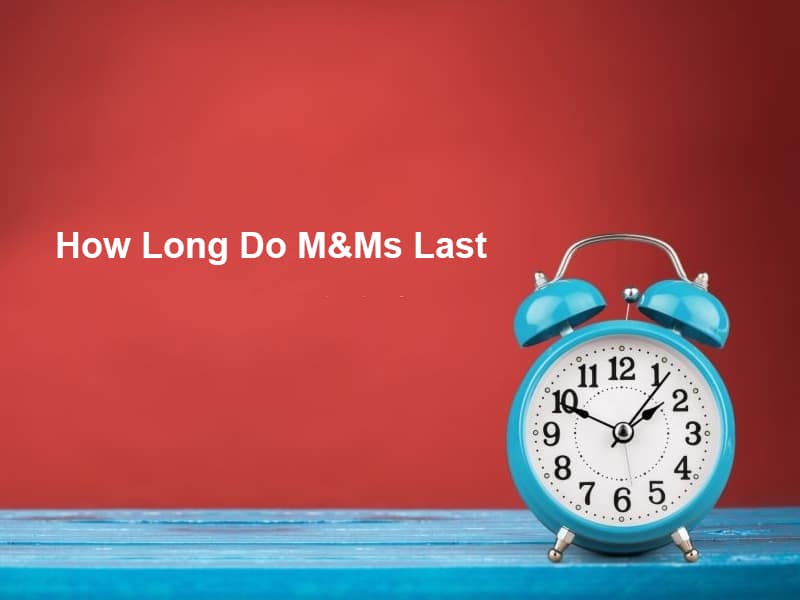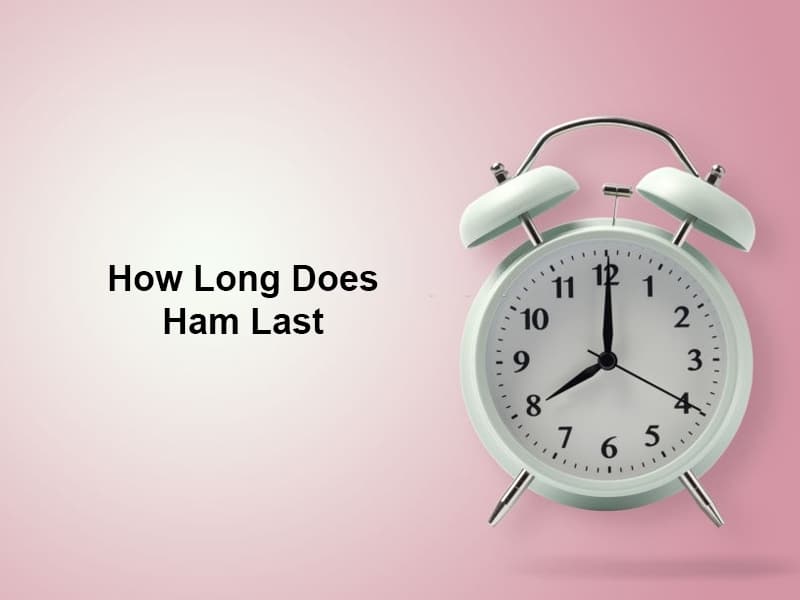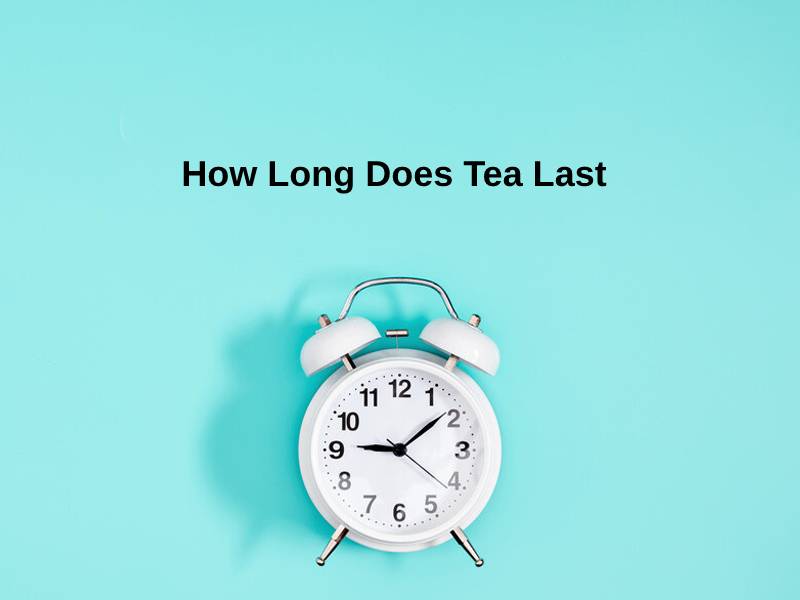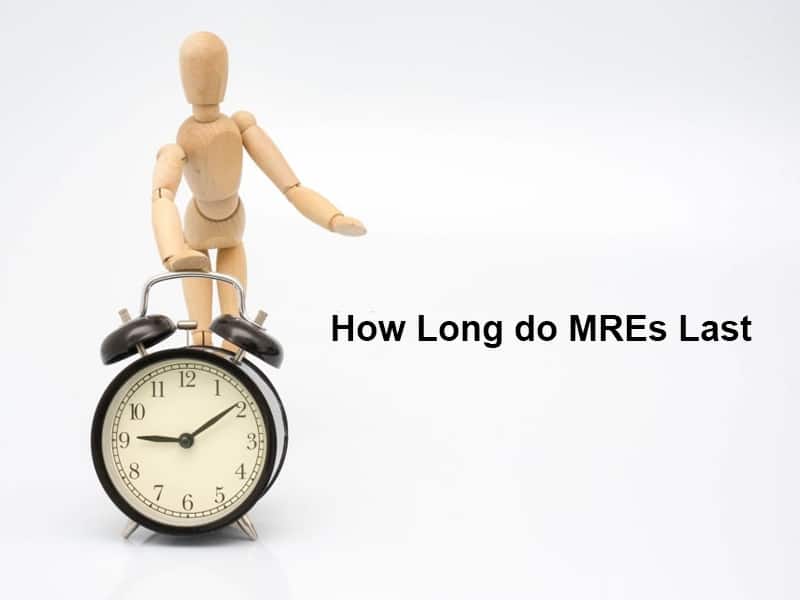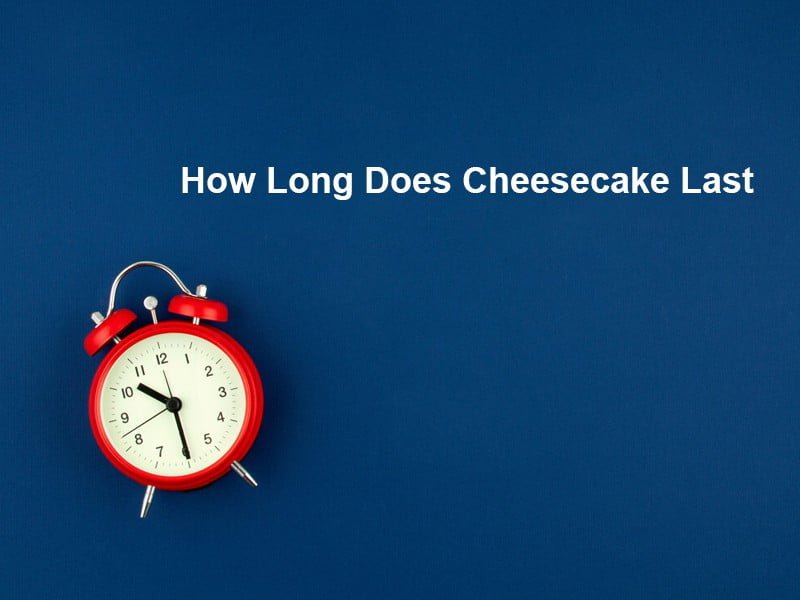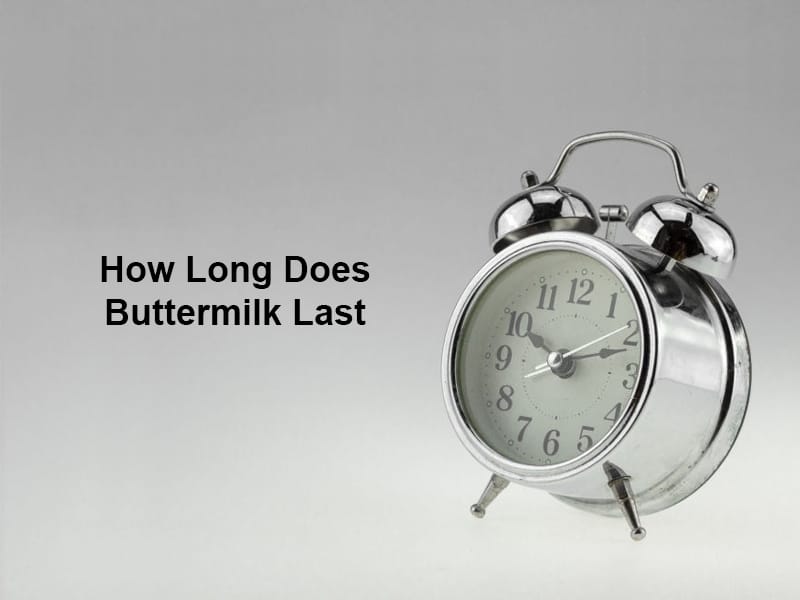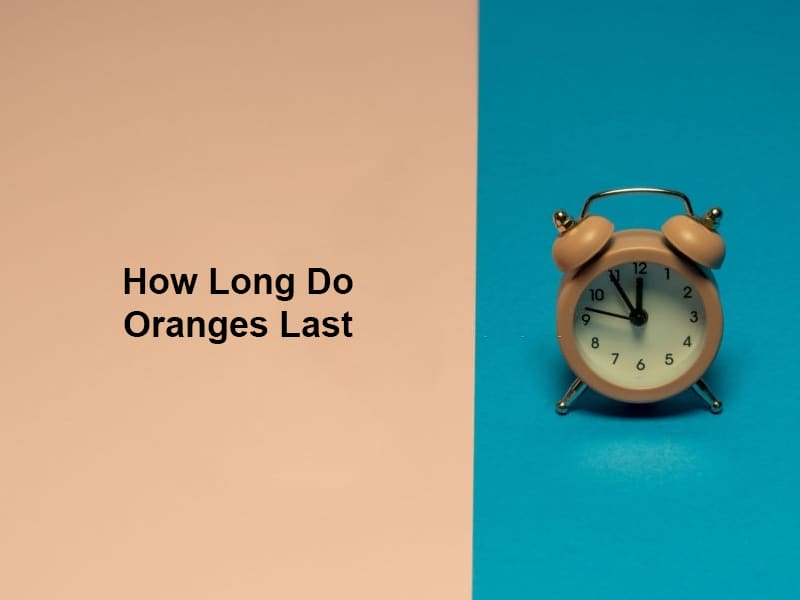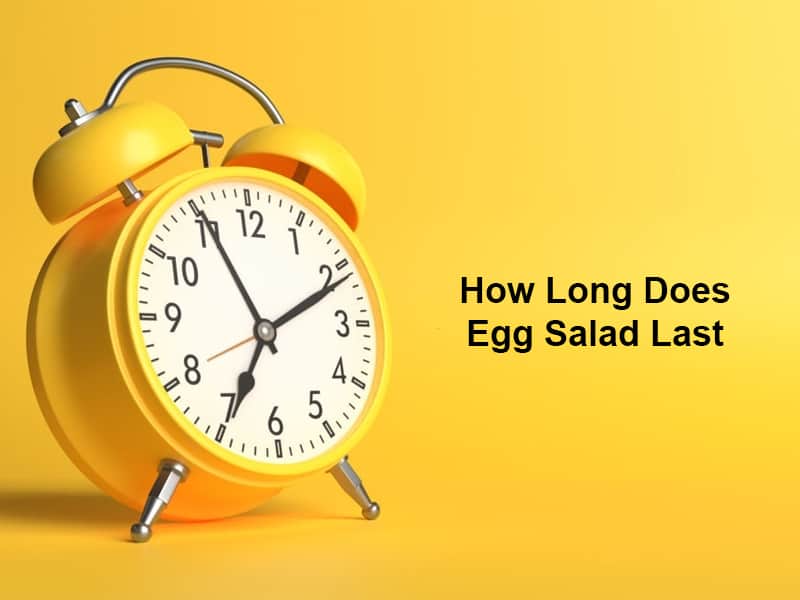Exact answer: 1 – 3 days
White wine is a wine that is fermented without coming into touch with the skins. Pale-yellow, pea-green, golden-yellow are all possibilities. It’s then fermented with the non-colored grape pulp of any skin color. White wine is made using “white” grapes and is green or light yellow. Because the juice is pure and the color comes from the skins.
A variety of red grapes can be used to make white wine. Before the peel gets decolorized, the berries are crushed and compressed. White wine, on the other hand, may be manufactured out of nearly any consumable that isn’t toxic and isn’t colored. For example, apples, pears, peaches, lemons, dandelion flowers, locust flowers, etc.
White wine can be used as a pre-dinner appetizer, dessert, or light drink between meals. White wine is considered to be more soothing and lighter than red wine. It is used in cooking because of its acidity, aroma, and ability to smeat and stir-fries.

How Long Does White Wine Last?
Food and drink will not last forever. The shelf life of white wine is uncertain. The shelf life of white wine depends on the type of wine and the storage method. Compared with other types of wine (such as red wine), white wine has a shorter shelf life. Unopened wine has a longer shelf life, up to three years, but opened wine can only last for one to three days.
| Types of wine | Opened | Unopened |
| White wine | 1 to 3 days | 1 to 3 years |
| Red wine | 3 to 6 days | 2 to 3 years |
The easiest way to enjoy white wine is to drink it all at once. Compared with dark wines, light wines deteriorate faster. When a wine bottle is opened, more oxygen, heat, light, yeast, and bacteria are exposed, all of which can cause chemical reactions that affect the wine’s quality. Because white wine does not ferment on the grape skins, it has a short shelf life. White wine also contains less acidity, which inhibits the chemical processes that make the wine taste bad.
There are a few types of white wines that can be aged, and some will even get better over time. Chardonnay’s propensity to age is a result of a combination of higher acidity and oak aging, which adds tannin. Semillon is famous for its ability to age beautifully and develop nutty characteristics over time. Riesling will turn into a creamy golden yellow when it matures, and it is said that it will get better with age.
Check the appearance of your white wine if you’re not sure how long it has been stored. In addition to checking the written expiry date, there are other indications that the wine has deteriorated. White wine is golden or thick in color, has a strong vinegar taste, has small bubbles in the wine due to uncontrolled fermentation, and smells burnt or sour. If you’re feeling energetic, tasting your wine to see whether it’s gone bad is also a great way to detect it.
Although tasting a tiny bit of bad wine will not harm you, that does not imply you should drink it. Drinking bad wine is not only unpleasant, but it also puts you at risk of contracting hazardous foodborne bacteria, though the risk is modest. Foodborne infections have been found to remain in hard liquor for several days to weeks. Upset stomach, abdominal discomfort, nausea, vomiting, diarrhea, and fever are all symptoms. It’s preferable to discard stale wine.
Why Does White Wine Last That Long?
The shelf life of an unopened white wine lasts that long because white wine has low sugar content, bacteria have no food to eat for such a long time. Sulfur in white wine is a highly effective preservative. It can combine with oxygen to make bacteria and other microorganisms lose oxygen and reduce enzyme activity. It’s added after the wine has fermented and then again just before packaging. The weight of a wine’s extract is the most essential component in determining its lifetime. Extracts are susceptible to limited yield: the more extracts of a single berry, the better the quality of the wine, the better the quality, and the easier it is to store.
The storage conditions of a bottle of wine play a big role in how long it lasts. To prevent the cork from drying out, store wine in cool, dark areas with bottles on their sides. These chemical reactions will be reduced by storing the wine at a lower temperature, which will keep the opened wine fresh for longer. Open wine should be properly sealed and stored in the refrigerator.
Conclusion
The shelf life of wine is uncertain. The easiest option to enjoy your wine as soon as possible after purchasing is to drink it right away. Unopened wines can be used for up to 3 years, and opened wines can be used for up to 3 days, depending on the type of wine. You can also extend the life of your wine by storing it carefully. Before throwing away or drinking leftover or old wine in the kitchen, check to see if it has gone bad.

